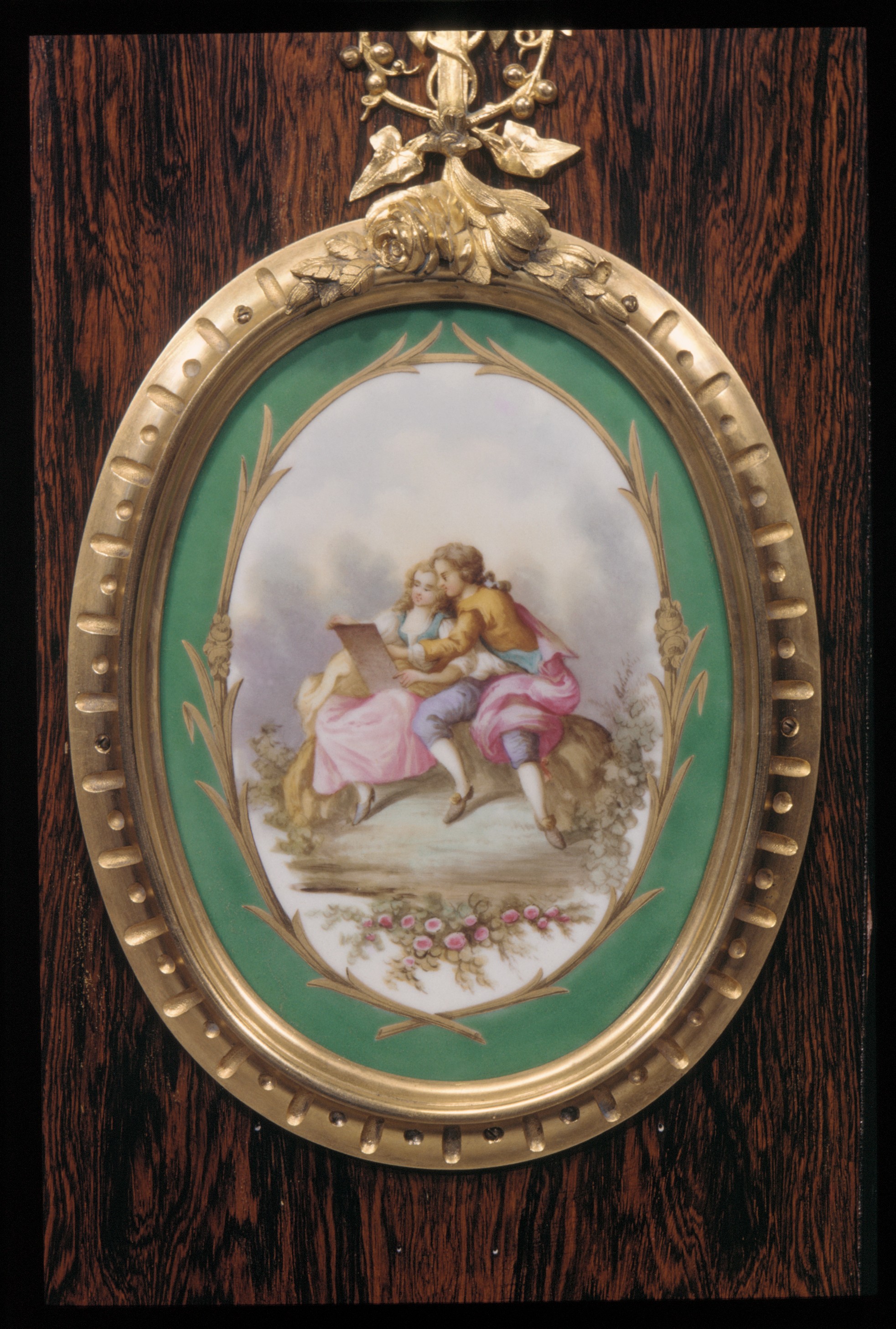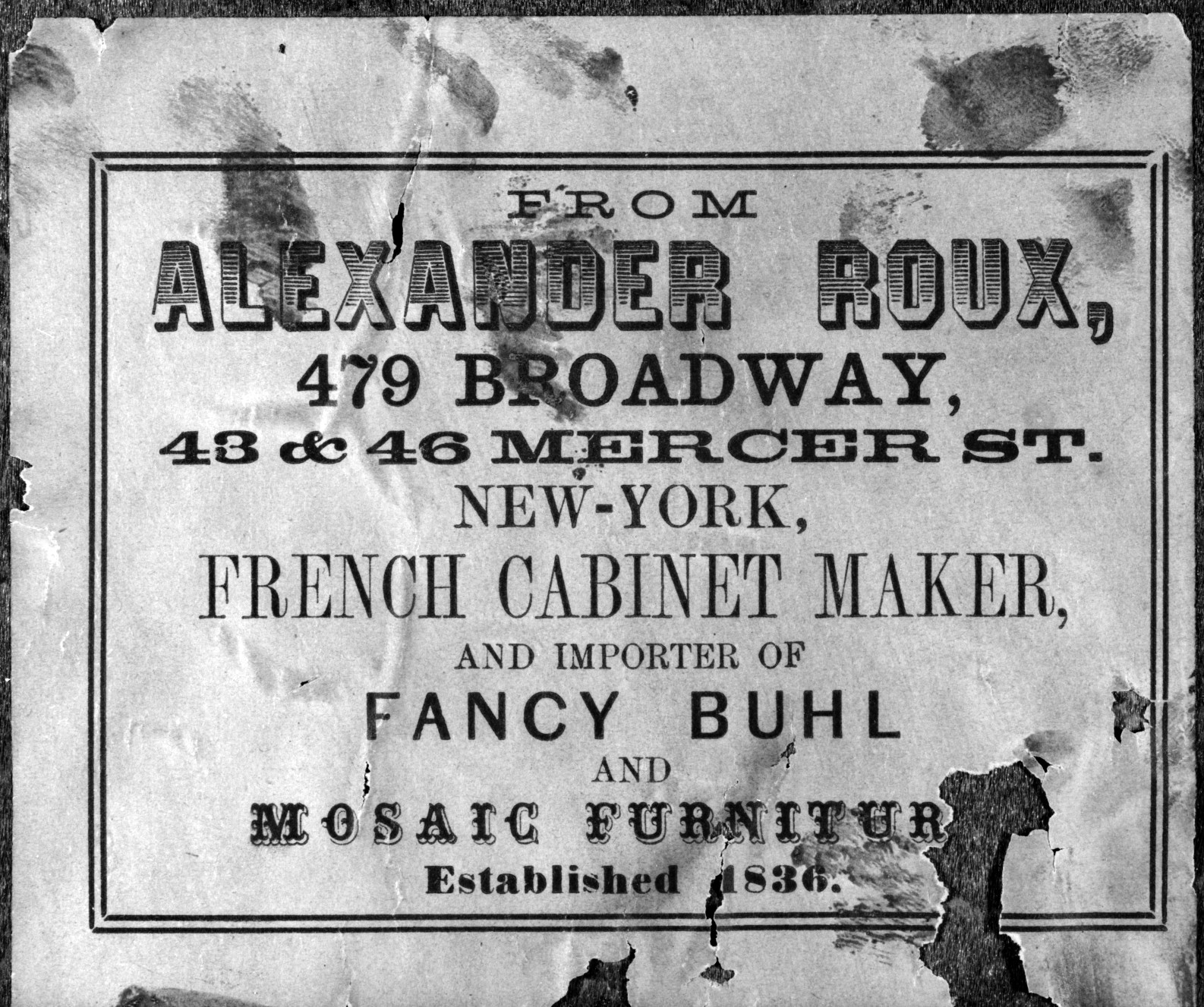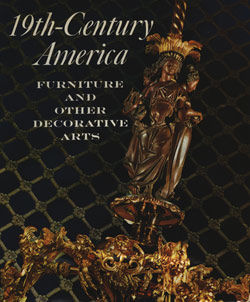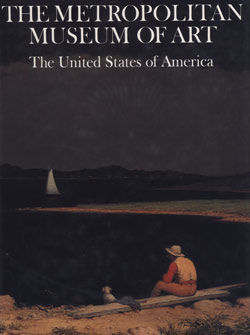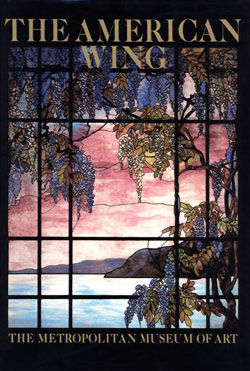Cabinet
Alexander Roux French
Until the mid-1870s, furniture styles in America were largely influenced by European, particularly French, taste. Style was disseminated by European design books and fashion periodicals; the great international exhibitions, beginning with the London Crystal Palace in 1851; and immigrant craftsmen who adapted their skills and artistic traditions to the American market. Alexander Roux, a French-born cabinetmaker active in New York from 1836 to 1881, was an ever tasteful proponent of the latest fashion, working in the 1840s in the Gothic Revival style, in the 1850s in the Elizabethan, Renaissance, and Rococo styles, and in the 1860s, as here, in the Néo-grec style. Néo-grec was an inventive combination of motifs from antiquity, the Renaissance, and the late-eighteenth-century Louis XVI style introduced in France and popularized by Empress Eugénie, wife of Napoleon III, during the Second Empire (1852–1870). The form of this cabinet is derived from the Italian Renaissance credenza, and its ornament, with delicate incising, gilt-metal mounts, rich marquetry panels, and porcelain plaques encircled by ormolu ribbons, is an eclectic combination of Louis XVI and classical motifs. Fragments of a German newspaper, the "New-Yorker Staatszeitung" dated September 22, 1866, were found behind one of the porcelain plaques and together with Roux's label, which gives the addresses for the showrooms he used between 1856 and 1867, provide the basis for dating of this piece.
#3880. Cabinet
Due to rights restrictions, this image cannot be enlarged, viewed at full screen, or downloaded.
This artwork is meant to be viewed from right to left. Scroll left to view more.



